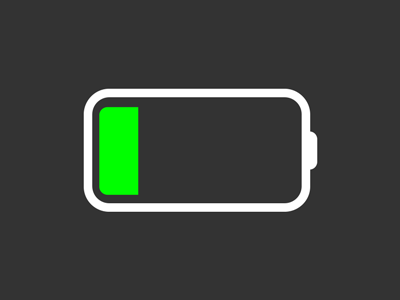Cell Phone Battery Charging Time
A mobile phone battery is equipped with a protective panel. This protective plate will automatically break off when it is in condition.

A. overcharge protection. That is, the battery will automatically stop charging.
B. over – release protection. That is, the battery will automatically stop the discharge with the use of the 3.2V.
C. short circuit protection. That is, the Nokia BP-5M battery will automatically break the connection if the short circuit is short circuited.
That is to say, the ordinary mobile phone battery is full for about 2-3 hours. After it is full, it actually disconnects the charging circuit. So it is meaningless.

The knowledge of lithium ion smart cell phone batteries: AussieBatt battery experts only say the capacity of one side. There are two methods to measure the capacity of a lithium ion Nokia BP-4L battery: 1C charging, 0.2C discharge, 0.2C charging and 0.2C discharge, no matter what type of charging is used, it should be up to the standard. Because lithium ion batteries are different from the previous nickel – cadmium batteries, the high rate charging of 1C can be accepted normally and must be accepted. If a 600mAh battery with 1C charging, 1 hours should be enough, if the mobile phone charge is designed (many of which are 0.5C-0.8C, 12-14 hours is groundless statement).
As stipulated in the GB/T18287 2000 national standard, when the constant current is charged to 4.2V, the constant pressure is turned, and the charge is terminated when the current drops to 0.01C. For example, the charging current of the charger is 0.5C, charging the 600mAh battery, and the charge current will drop to 600mAh about 2 hours, and it is considered full. Why would it fall to 0.01C? Because it’s full, this is a reflection of the electric core. For nickel hydrogen electricity, the national standard has also specified the index of high rate charge discharge.

